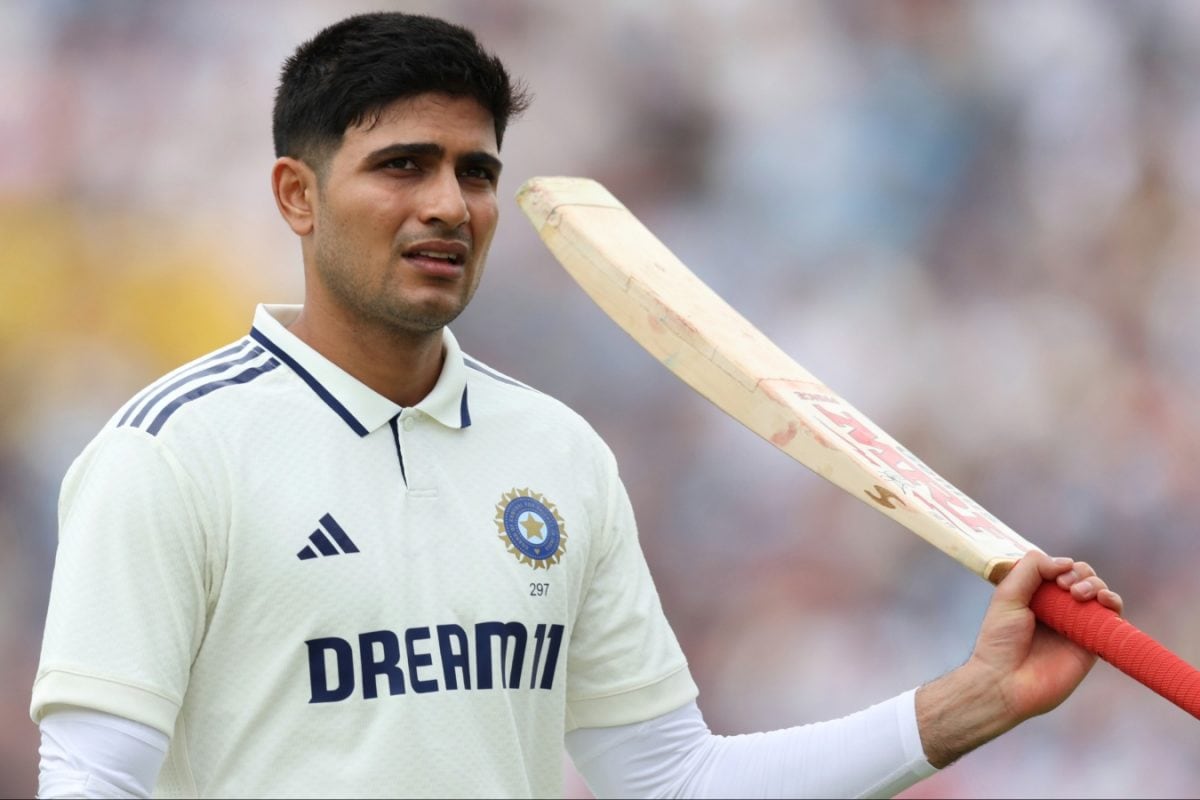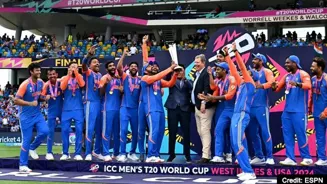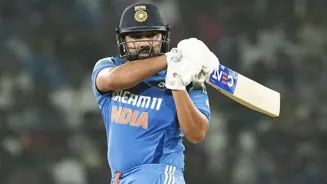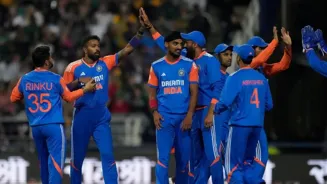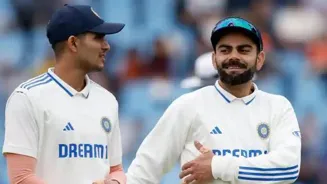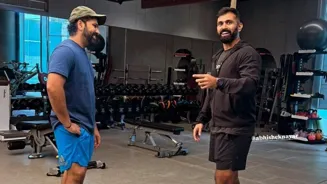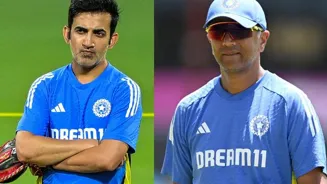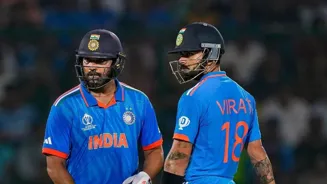Format-mixing has become a common concept in Indian men’s team selections.
Whenever a player is in great form, selectors tend to pick him for the next international rubber, irrespective of where the form was
on display. For example, Suryakumar Yadav’s Test and ODI debuts came after his excellent returns in the IPL and T20Is, but he couldn’t succeed in the former two.
The concept of all-format superstars always seems more prevalent in India than in other countries. There’s a sense of privilege in representing the team in all formats, and those who manage to do it together without affecting their performances, like Virat Kohli and MS Dhoni, get into immediate ‘GOAT’ debates.
Shubman Gill is just the next in line. Fresh from success in England, both with the bat and his captaincy, there’s talk of him getting into India’s T20I team. Curiously, it’s not about whether he deserves to be in the Asia Cup squad in September or not, but whether he could be the vice-captain to cement his path as the heir of Suryakumar, who’s the undroppable incumbent but 34 years old.
There’s merit to the theory as Gill’s coming off an excellent year in the IPL, too, but there are several concerns associated that can make the move backfire, as well.
Reason 1: India have a settled top-order
It’s the age-old dilemma: should you pick the best captain first and build a team around it, or should you pick the best 11 and choose a captain from that? Gill might have the credentials as the best primed (age-wise) and perhaps even the most tactically sound leader (it’s subjective), but as a player, his case is wobbly.
India have Abhishek Sharma and Sanju Samson in Gill’s preferred opening spot. Sharma is the ICC’s top-ranked T20I batter with good reason, while Sanju is not too behind and is coming off three centuries in the format not too long ago. Gill hasn’t played any T20Is since 2024.
Alongside Gill, Sharma and Samson have been among the best openers in the IPL for a while, but have done that with a more high-risk, high-intent way of batting. That’s increasingly the way to go in the format.
Though Gill pushed his strike-rate beyond 150 in IPL 2025 and was one of the best run-accumulators to watch in action, he didn’t do anything to push past the settled duo of Sharma and Samson. Stability is cited as one of the reasons why single all-format captaincy work, and with just a few months to go to the 2026 T20 World Cup, putting Gill as an opener could bring serious stability problems.
Even at number three, India have a settled choice in Tilak Varma, who has done nothing wrong to be replaced months before a major ICC tournament. As far as replacements go, Yashasvi Jaiswal has had better and more consistent performances than Gill over the past several seasons of the IPL, and if an injury reserve is picked, he’d deserve to be higher than the Test skipper in the pecking order.
Reason 2: Giving Shubman Gill leadership might cause friction
If Gill is still brought into the team to ease him in as the vice-captain and hope he’ll be ready to take over from Suryakumar when needed, then it’ll likely cause some friction within the team.
In the Test team, he was a clear choice: Jasprit Bumrah had workload concerns, KL Rahul didn’t have too many years to give, Jaiswal was raw, Rishabh Pant hadn’t proved himself as captain at any level, and the team was young enough to absorb a new personality of leadership. None of these conditions is met in T20s.
Bumrah, Hardik Pandya (31), Samson (30), and even the current vice-captain, Axar Patel (31), are in their prime and have good cases to be Suryakumar’s deputy. If any of them have the ambition to lead India, too, they can’t be faulted for being upset seeing someone not in the team for a year appointed the deputy ahead of them.
If Suryakumar can lead for the next two years and one of Axar, Samson, and Pandya can do three more after that, succession is a problem for 2030. Thinking about the future is important, but not at the cost of the present.
Reason 3: No proof that one-man captaincy works
There’s perhaps no place where split captaincy faced as much antagonism as India. Here, arguably because of how all the best captains have been strong personalities, it’s hard to fathom a sharing of responsibilities.
But there’s no actual proof that one-man captaincy is better than a split. MS Dhoni was successful in that role, but Virat Kohli didn’t win any ICC trophies as a captain. Rohit Sharma won both the 2024 T20 World Cup and the 2025 Champions Trophy, but under him, India got whitewashed in Tests at home for the first time, and he was not leading his IPL teams at the same time, unlike Kohli and, likely in the future, Gill.
Even coaches like Rahul Dravid, who were overseeing all formats, and now Gautam Gambhir need breaks when they don’t even go out in the field, just because of how packed cricket’s calendar is for India. With an ICC tournament slated for every year, it will be bound to be exhausting for anyone with that much responsibility and affect their batting. What worked in Tests might not work in T20Is.
If you give them a rest, will the vice-captain be one for all formats, or will that be fine as a split? There’s no right answer.
All the concerns about split captaincy are communication-based: what if the ODI and T20I captains want the same player, and they can only play one series? Selectors and coaches step in to decide what’s best for the country. A humongous risk with burdening a stunningly talented 25-year-old with the nation’s responsibility is not that he won’t do his best to fulfill it, but that he will, and it won’t be enough.
